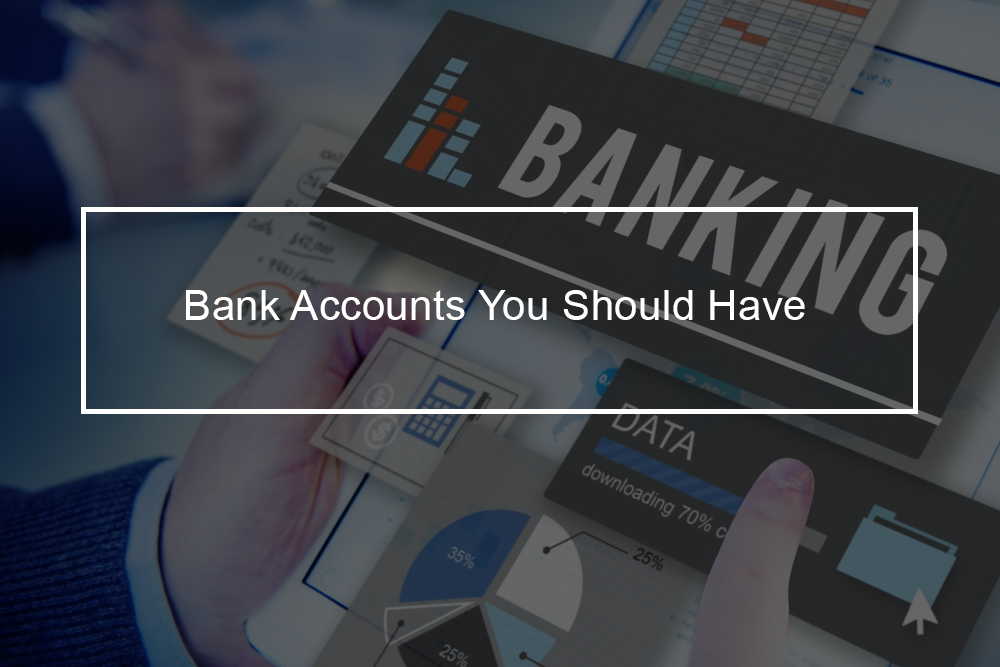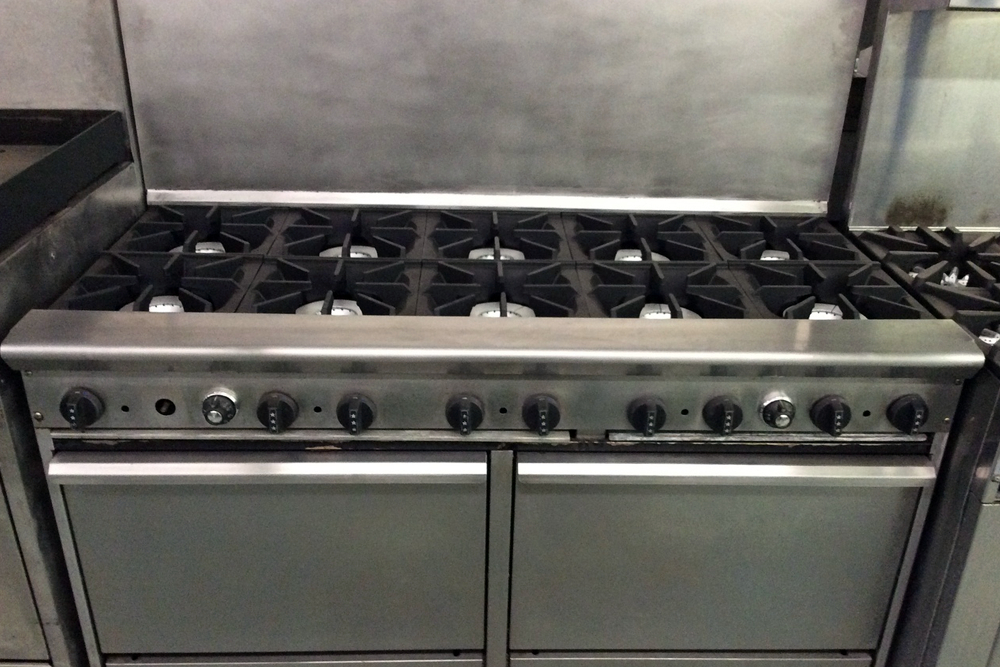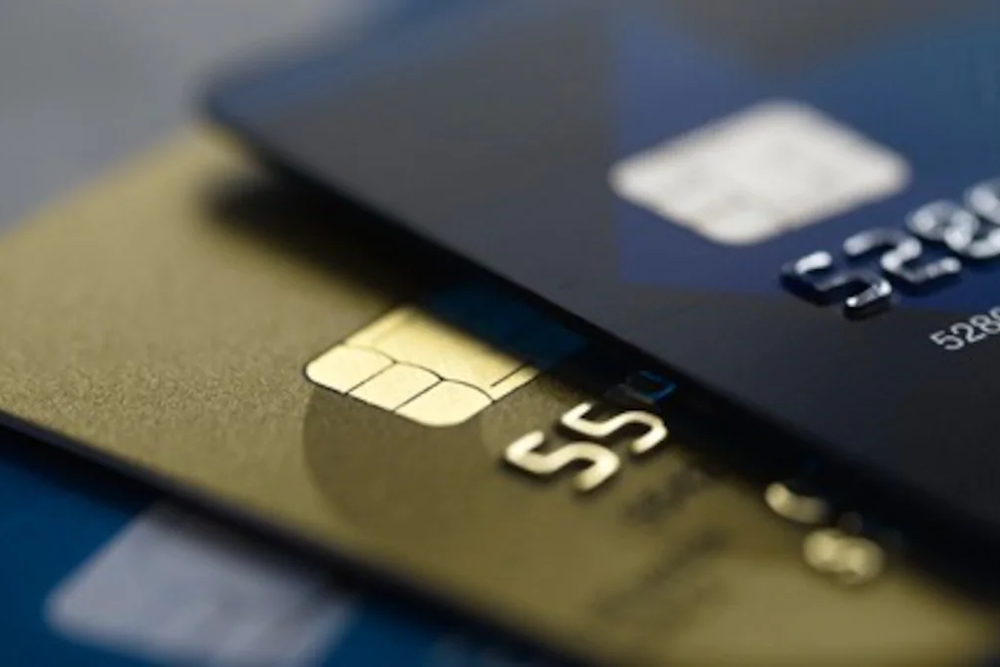 This Money Advice Will Help You Decide the Perfect Number of Bank Accounts You Should Have
This Money Advice Will Help You Decide the Perfect Number of Bank Accounts You Should Have
The number of bank accounts you need depends on your personal spending; however, traditional just two bank accounts – savings and checking- will be okay.
It is true that the more money you have, the better you are financial. But this does not apply for the number of bank accounts. This is due to the fact, as the number of your bank account increases, it can be challenging to track all your money.
Nonetheless, that does not mean that there is no benefit to having a few accounts, and there are definite to have a bunch. Mostly, people tend to get a checking account and a savings account. Also, you can add an account that saves you ATM charges and another for foreign transactions.
The key to keeping all your money organized is to start with the number of accounts that you need, which are personally beneficial to you, and you can manage in terms of keeping your money in order while getting the full benefits of banking.
Let’s get into more details. This guide will help you identify the number of bank accounts you should have, though the answer is not written in stone.
How many bank accounts should I have?
Typically as mentioned earlier, the bare minimum for accounts that you should have is two. You need to have a savings account and checking account. Both of these accounts will serve a separate purpose.
Checking Account
This account serves your primary money account. You put funds in your checking account to manage your bills and other spending. You might actually use checks; however, you will possibly use a debit card. This account will automatically have your bills paid. Try and maintain enough balance in the account to meet your budgeted monthly expenses. Checking accounts do not provide much interest; however, there is usually no charge for POS transactions, bank transfers, and cash withdrawals.
Savings Account
Even though you are living paycheck to paycheck, you will want a savings account. This is where you stash funds for emergencies. It is essential to have an emergency savings account to avoid financial disaster when life happens.
People sometimes lose jobs, medical emergencies happen, and cars break down. A savings account is your safety net. Try to add whatever money you can into it and leave it alone once you need it.
The best type of savings accounts incorporate accounts that are covered by FDIC. The FDIC is a federal deposit insurance company that protects your bank’s investments of up to $250,000. Typically, you can earn an interest rate of 1.25 percent to 2.50 percent on these kinds of investment accounts.
Generally, the terms of the savings accounts are different for each bank. Typically, the deposit cannot be withdrawn through ATM withdrawals and regular checks. Nonetheless, some banks do provide a withdrawal facility but charge a penalty for every transaction. If you want an all-around and flexible savings account, check out Capital One 360. You can set up several accounts for the various goals you have.
Consider adding a money market account
If your main aim is to start saving, you can open up a money market account. A money market account is a form of a hybrid checking and savings account. Typically money market accounts pay moderate interest but are limited by federal law where specific types of transfers and withdrawals from money market accounts and savings accounts are limited to a combined total of six percent calendar per account.
In short, money market accounts should be used as a secondary source of expenditure. After budgeting for your expenses, extra funds in the checking account should be moved to the money market account should be transferred to the money market account to assist you in earning a decent interest income.
If you have a business account open a business account
If you are an entrepreneur, you might want to open a business bank account and use it solely for business transactions. A separate bank account is vital both for legal and financial reasons. The business income should be deposited into this bank account. Also, the business expenses should be carried out exclusively from the account.
A business bank account is similar to a checking account. No interest is paid on this kind of account; however, it is simpler to transfer and withdraw money at any time, making it useful for businesses. The vital difference is that the account is named after business rather than an individual.
The case for multiple savings account
While it is essential to have your emergency savings and checking savings accounts, you might want to have one or more savings accounts. This is because you may have multiple separate savings goals and thus the need to keep the money separate so you can evaluate just your position on each.
For example, you might have one account to save for an auto purchase and another for that down payment on a house. Even short-term savings such as money you have budgeted for vacation and Christmas funds can have their accounts. This is known as the bucket method. Each savings goal has its bucket or account.
However, you want to be careful about the accounts you create. If you have too many bank accounts with small balances, you can get hit with maintenance fees. You might want to start with just a few. You can always create new accounts if you realize it will be useful.
Consider having multiple bank accounts with separate banks
If you opt for various savings accounts, you should consider using more than one bank. Whereas having them all in one place might be convenient, it also comes with some risks.The good thing is deposits up to $250,000 are covered by the FDIC at any bank or by the National Credit Union Association at any credit union, so generally, your money is safe.
However, if your account gets hacked, you might have trouble getting your money back instantly. Having money in another bank works as a form of safety. Besides, you get to test drive multiple banks, and maybe you will find a new favorite bank.
As you look around for savings accounts, search for functionalities that will make the account suitable for your particular saving goal.
Savings Accounts Features to Consider When Having Multiple Bank Accounts
Here are features to consider for savings accounts if you want to do multiple bank accounts.
- Minimum balance: Some bank accounts have a minimum deposit to create the account or have a minimum balance requirement. If you need to start small and do not think you will have $500 or even $1,000 in the bank account at all times, you might want to consider a different account.
- Increase rate: The standard savings account is just 0.09 percent APY; however, some savings accounts pay two-percent or more. If you are creating a savings account for a long-term goal, such as a down payment for a house, it is worth it to find an account with a favorable interest rate that makes your money grow.
- Direct Deposit: Ask yourself if you will have the funds go directly to that account. Framing up a direct deposit from your paycheck or your checking account is the simplest way to guarantee that you put money into your savings regularly.
- ATMs: You need to pay attention to whether the account allows you to use ATMs for free and how many ATMs they have.
- Fees: Watch out on the small print for monthly maintenance fees. These fees can either be nonexistent or minimal.
- Online transfers: Check if you will be able to move money from the savings account to another account quickly. You might need that kind of flexibility; however, if you are prone to dipping into your savings too often, you might not.
If you were hoping to get a direct answer of how many bank accounts you should have, sorry it is not that easy. The correct answer is based on your needs and even your personality. If you get that you are finding it challenging to track your accounts, it might be time to combine a couple of bank accounts to simplify, do what works best for you.

 This Money Advice Will Help You Decide the Perfect Number of Bank Accounts You Should Have
This Money Advice Will Help You Decide the Perfect Number of Bank Accounts You Should Have









